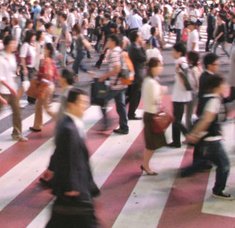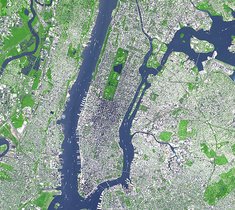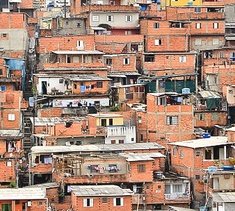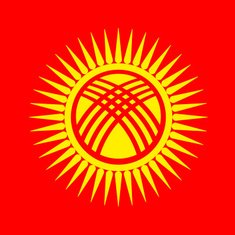Featured Quizzes
User Quizzes
Create Quiz
Data and Charts
Badges and Games
About JetPunk
JetPunk Shop
Dark Mode

Biggest Cities in the World Quiz
How many of the world's 50 most populous urban areas can you name?
As of January 2023 according to citypopulation.de
Urban area population, not city proper population
Rate:
Featured Quiz
Last updated: March 1, 2023
You have not attempted this quiz yet.
More quiz info >>
| First submitted | March 25, 2012 |
| Times taken | 588,796 |
| Average score | 50.0% |
| Rating | 4.84 |
8:00
Enter city here:
0
/ 50 guessed
Time Used
00:00
Best Time
00:00
The quiz is paused. You have remaining.
Scoring
You scored / = %
This beats or equals
% of test takers
also scored 100%
The average score is
Your high score is
Your fastest time is
Keep scrolling down for answers and more stats ...
|
|
|
New and Popular
Save Your Progress
Copyright H Brothers Inc, 2008–2024
Contact Us | Go To Top | View Mobile Site









Corona Virus-I'm gonna end this town's whole career
Chengdu 11,940,000 (2019)
Shēnzhèn - 13,374,300
Guăngzhōu - 13,233,500
Dōngguān - 7,795,800
Fóshān - 7,750,700
Zhōngshān - 2,987,900
Jiāngmén - 1,650,000
This adds up to 46,792,200, which is around 46,700,000
Sorry if I am wrong
there might be some grammatical errors
I think maybe Luanda could have made the list instead of Riyadh.
*thinks how much he took to write the answers on comment*
34/50 and the cities that I missed were Asian
Eastern Asia: 17
Southern Asia: 11
South Amercia: 5
Southeastern Asia: 4
Northern America: 3
Western Asia: 2
Central America, Northern Europe, Western Europe, Eastern Europe, Northern Africa, Western Africa, Middle Africa, Southern Africa: 1
That is absolutely insane, what is the source for that number?
The CCP?
I have not found a single source that puts it at more than 19 million, maybe you mixed up the population of Guangzhou with that of the Guangdong region?